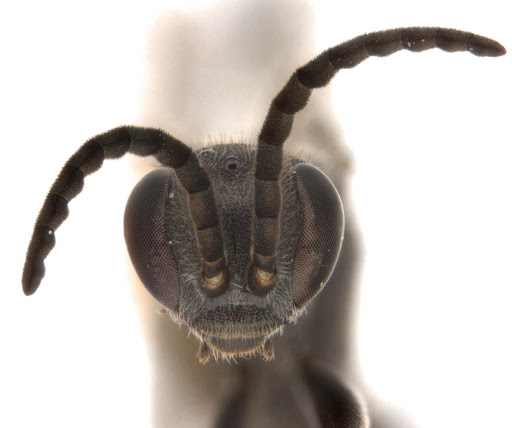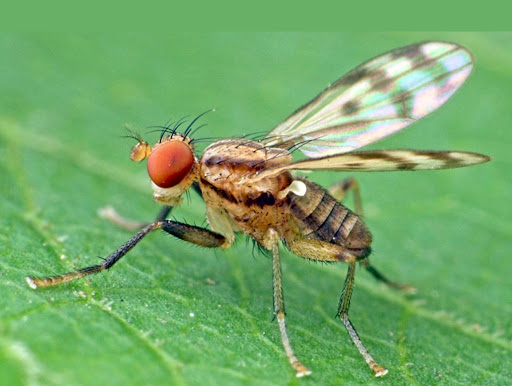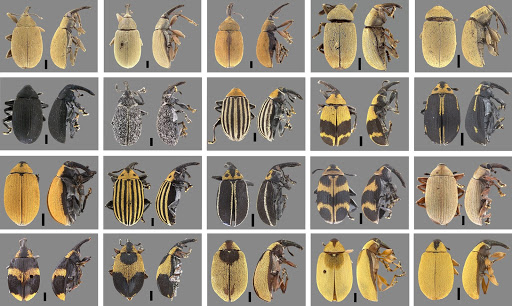new & recent described Flora & Fauna species from all over the World esp. Asia, Oriental, Indomalayan & Malesiana region
Monday, August 31, 2020
[Entomology • 2020] Systematic Revision and Morphological Phylogenetic Analysis of Anchylorhynchus Schoenherr, 1836 (Coleoptera, Curculionidae: Derelomini)
[Entomology • 2020] Three New Species of Epipompilus Kohl (Hymenoptera, Pompilidae, Pepsinae) from Australia
 |
| Epipompilus namadgi Yuan & Rodriguez, 2020 |
Three new species are added to the genus Epipompilus (Hymenoptera: Pompilidae) in Australia. Epipompilus mirabundus sp. nov., E. taree sp. nov., and E. namadgi sp. nov. are described and illustrated. A key to males of Epipompilus is provided. A novel association of Epipompilus and Sceliphron formosum (Hymenoptera: Sphecidae) is also documented. The larva of E. mirabundus sp. nov. was found sharing single nest cell with a Sceliphron larva; this association could be the result of a parasitised spider being brought back to the nest by the Sceliphron adult.
David Yuan and Juanita Rodriguez. 2020. Three New Species of Epipompilus Kohl (Hymenoptera, Pompilidae, Pepsinae) from Australia. Zootaxa. 4743(4); 575–584. DOI: 10.11646/zootaxa.4743.4.7
[Botany • 2020] Epipogium taiwanense (Orchidaceae) • A detail Morphological Description and Additional New Record to Mainland China
 |
| Epipogium taiwanense T.C.Hsu in Wu, Liu, Tang, ... et Peng, 2020. |
[Entomology • 2020] Biology, Immature Stages, and Systematics of Snail-killing Flies of the Genus Colobaea (Diptera: Sciomyzidae), with Overviews of Aspects of the Tribe Sciomyzini
 |
| Colobaea sp. in Bratt, Knutson, et al. 2020. |

Sunday, August 30, 2020
[Entomology • 2020] Prosoeca torquata • Key Long-proboscid Fly Pollinator Overlooked: Morphological and Molecular Analyses reveal A New Prosoeca Species (Diptera: Nemestrinidae)
 |
| Prosoeca torquata hovering over Lapeirousia dolomitica. in Theron, Grenier, Anderson, ... et van der Niet, 2020. Photo: Florent Grenier. |
 |
| Photographs of in situ adult Prosoeca peringueyi visiting Zaluzianskya sp. Photo: Steven Johnson. |
 |
| Prosoeca torquata hovering over Lapeirousia dolomitica. Photo: Florent Grenier. |
[Crustacea • 2020] Zoukaris festivus • A New Deep-water Palaemonid Shrimp Genus and Species (Decapoda: Caridea) from the French Antilles, with A New Record of Periclimenes milleri Bruce, 1986
 |
| Zoukaris festivus Anker & Corbari, 2020 |
Saturday, August 29, 2020
[Herpetology • 2020] Atheris hetfieldi • The Bush Vipers, Genus Atheris Cope, 1862 (Squamata: Viperidae) of Bioko Island, Gulf of Guinea, with the Description of A New Species
 |
| Atheris hetfieldi Ceríaco, Marques & Bauer, 2020 Hetfield’s Bush Viper || DOI: 10.11646/zootaxa.4838.4.9 Illustration by Arthur C. Wandeur |
Abstract
Two species of Bush Vipers, genus Atheris Cope, 1862, have been reported for the continental island of Bioko, Gulf of Guinea – Atheris squamigera and a putatively undescribed species, morphologically similar to Atheris chlorechis. The latter was only known from one specimen collected in the early 1900s and its taxonomic identity has never been fully resolved. Based on recently collected specimens of Atheris from Bioko Island, we reviewed all the available data and specimens through detailed morphological comparisons against all known species of the genus. Our results confirm that Atheris squamigera is present in Bioko Island, and that the second taxon is a new species, which we describe here as Atheris hetfieldi sp. nov. The newly described species presents a series of morphological characters that clearly differentiate it from all of its congeners. The description of this new species is the first of a new snake species from Bioko in more than 100 years and this species is the only snake currently recognized as endemic to the island.
[Botany • 2020] Didymocarpus lobulatus (Gesneriaceae) • A New Species from Zhejiang Province, East China
 |
| Didymocarpus lobulatus F. Wen, Xin Hong & W.Y. Xie in Xie, ... et Wen, 2020. |
 |
| Figure 1. Didymocarpus lobulatus A Habit B Flower in top view C Opened corolla, showing stamens and staminodes D Fertile stamens and anthers E Pistil, disc and stigma. |
 |
| Figure 3. A Didymocarpus lobulatus B D. heucherifolius C D. cortusifolius D D. salviiflorus 1 Habitats 2 The frontal view of corolla and cyme 3 Cyme and bracts 4 calyx lobes. |
[Botany • 2020] Deinostigma fasciculatum (Gesneriaceae) • A New Species from Yunnan, China
Friday, August 28, 2020
[Crustacea • 2020] Turleania rubriguttatus • A New Species of Pagurid Hermit Crab (Decapoda: Anomura: Paguroidea) from Shallow Water in Japan, with Notes on T. senticosa (McLaughlin & Haig, 1996)
 |
| Turleania rubriguttatus Komai, 2020 |
[Herpetology • 2020] Cnemaspis rishivalleyensis & Hemidactylus rishivalleyensis • Geckos in the Granite: Two New Geckos (Squamata: Gekkonidae) from Rocky, Scrub Habitats in Rishi Valley, Andhra Pradesh, India
 |
| Cnemaspis rishivalleyensis & Hemidactylus rishivalleyensis Agarwal, Thackeray & Khandekar, 2020. |
 |
| Cnemaspis rishivalleyensis sp. nov. female, (paratype, NCBSBH724). Hemidactylus rishivalleyensis sp. nov. female, (paratype, NCBS-BH729). |
[Ichthyology • 2020] Betta nuluhon • A New Species of Fighting Fish (Teleostei: Osphronemidae) from western Sabah, Malaysia
 |
| Betta nuluhon Kamal, Tan & Ng, 2020 |
 |
| FIGURE 1. Betta nuluhon, new species, ca. 50 mm SL, freshly caught male specimen, not preserved. |
 |
| FIGURE 3. Betta nuluhon, new species, ZRC 61247, holotype, 62.6 mm SL. |






























